England's Hard Water Hotspots Revealed: How to Protect Your Bathroom
1st Oct 2025
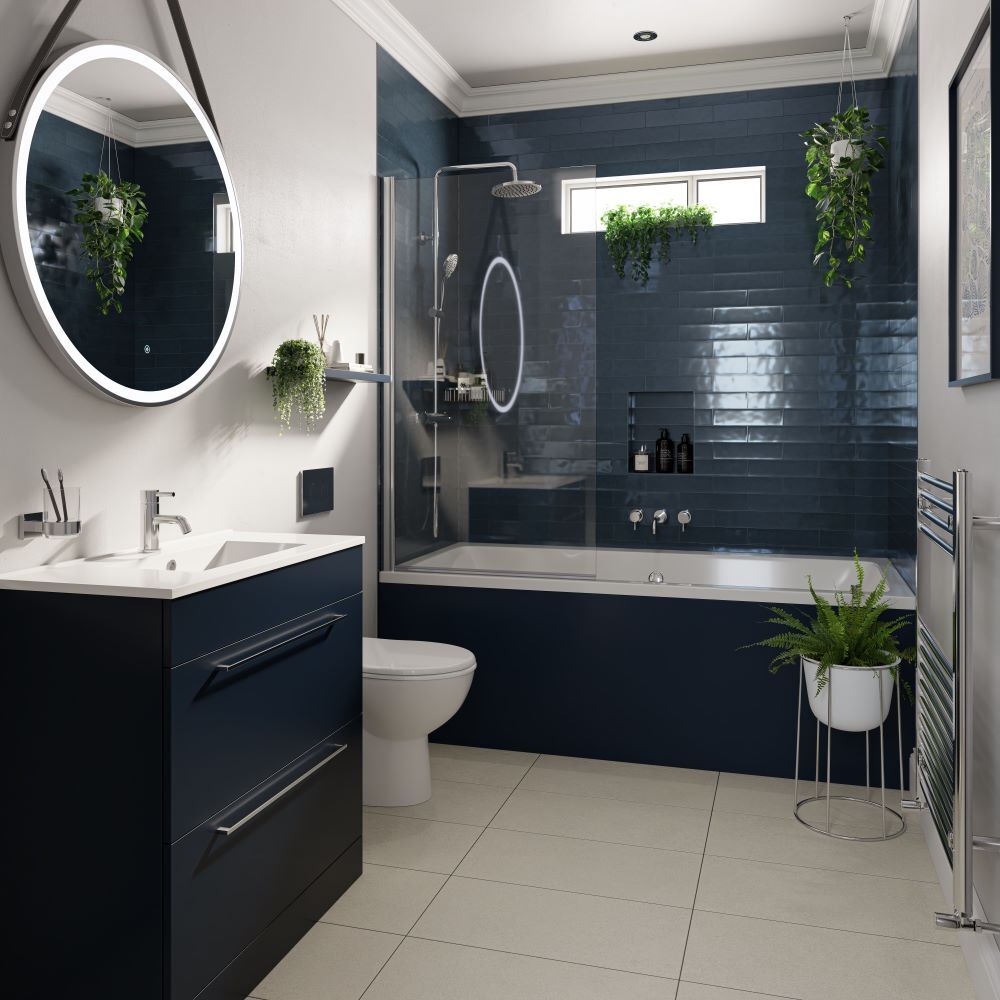
If you've ever wondered why your bathroom seems to attract limescale like a magnet, or why your kettle gets clogged up no matter how often you clean it, the answer might be more straightforward than you think. It's all down to your water type. Across the UK, water hardness levels vary dramatically depending on where you live, and it turns out that around 60% of households are dealing with hard water.
While this might not sound like a big deal, hard water can have some unexpected impacts on your bathroom appliances, making cleaning more of a chore than it needs to be. We've looked at which areas of England have the hardest water, and pulled together expert advice from Brian Toward, CEO here at Wholesale Domestic, to help you keep your bathroom free from pesky limescale.
Contents:
- What is hard water?
- Which regions have the hardest water?
- How hard water affects your appliances
- How to remove limescale
- How hard water impacts your health
What is hard water?
So, what is hard water? It all starts with the natural water cycle. When water falls as rain, it's actually 'soft' and completely free of minerals. But as it makes its way through the ground, passing through rocks, sand, and soil, it picks up naturally occurring minerals, particularly calcium and magnesium. The more minerals the water collects on its journey, the harder it becomes by the time it reaches your tap.
Although it's a natural process, those dissolved minerals can cause trouble when trying to keep your bathroom clean.
What is the difference between hard and soft water?
The main difference between hard and soft water comes down to mineral content. Soft water contains a much smaller amount of dissolved minerals, while hard water is packed with calcium and magnesium. You can usually tell which type you have pretty quickly – hard water leaves those white, chalky deposits (limescale) on your taps, showerheads, and other surfaces, while soft water doesn't.
This difference varies significantly depending on where you live; some areas are dealing with much more limescale than others. If you're in a hard water area, you might've noticed that soap doesn't lather as well, your kettle needs descaling more often, and your bathroom surfaces seem to attract that stubborn white buildup no matter how much you clean.
Which regions have the hardest water?
Water hardness can be annoying to deal with, but not all areas are affected equally. Some parts of the UK get off pretty lightly, while others face limescale and other hard-water-related issues daily.
Water hardness is measured in milligrams of CaCO3 (calcium carbonate) per litre of water – the more CaCO3, the harder your water. Here's a helpful chart to show how it breaks down:
| Classification | Water hardness (mg/l CaCO3) |
| Soft | Up to 100 |
| Slightly hard | 100-150 |
| Moderately hard | 150-200 |
| Hard | 200-300 |
| Very hard | More than 300 |
The Drinking Water Inspectorate (DWI) have created a map showing which areas in England and Wales experience the hardest water. Based on their data, here are the regions where bathroom cleaning is most challenging:
| Rank | Location | Water Hardness |
| 1 | London | Very hard |
| 2 | East of England | Very hard/hard |
| 3 | East Midlands | Hard |
| 4 | West Midlands | Hard |
| 5 | South East | Hard |
| 6 | North East | Moderate |
| 7 | North West | Moderate |
| 8 | Yorkshire | Moderate |
| 9 | South West | Soft |
If you live in London or the East of England, you're dealing with some of the hardest water in the country, which explains why that cloudy limescale film seems to appear everywhere almost overnight. Meanwhile, if you live in the South West, you're one of the lucky ones with naturally soft water.
How hard water affects your appliances
Hard water can be a nightmare when it comes to keeping your bathroom looking its best. Those mineral deposits don't just disappear when the water dries – they leave behind a white, cloudy film that coats your taps, bath, basin, or toilet. This doesn't just make your surfaces look dirty; it also creates the perfect texture for grime to stick to, even if you've just given your bathroom a deep clean.
Brian explains: "It's really frustrating for people living in hard water areas. You can spend ages scrubbing your bathroom, and within a few days, it looks dirty again. That's because the limescale acts like a magnet for soap scum and general grime, which makes cleaning much harder than it should be.”
“It can also reduce how long your tap or showerhead lasts by leading to blockages that damage the inner workings of the appliance, and the mineral buildup can clog pipes. This means you might notice your water pressure dropping over time. In severe cases, it can even cause costly leaks."
How to remove limescale
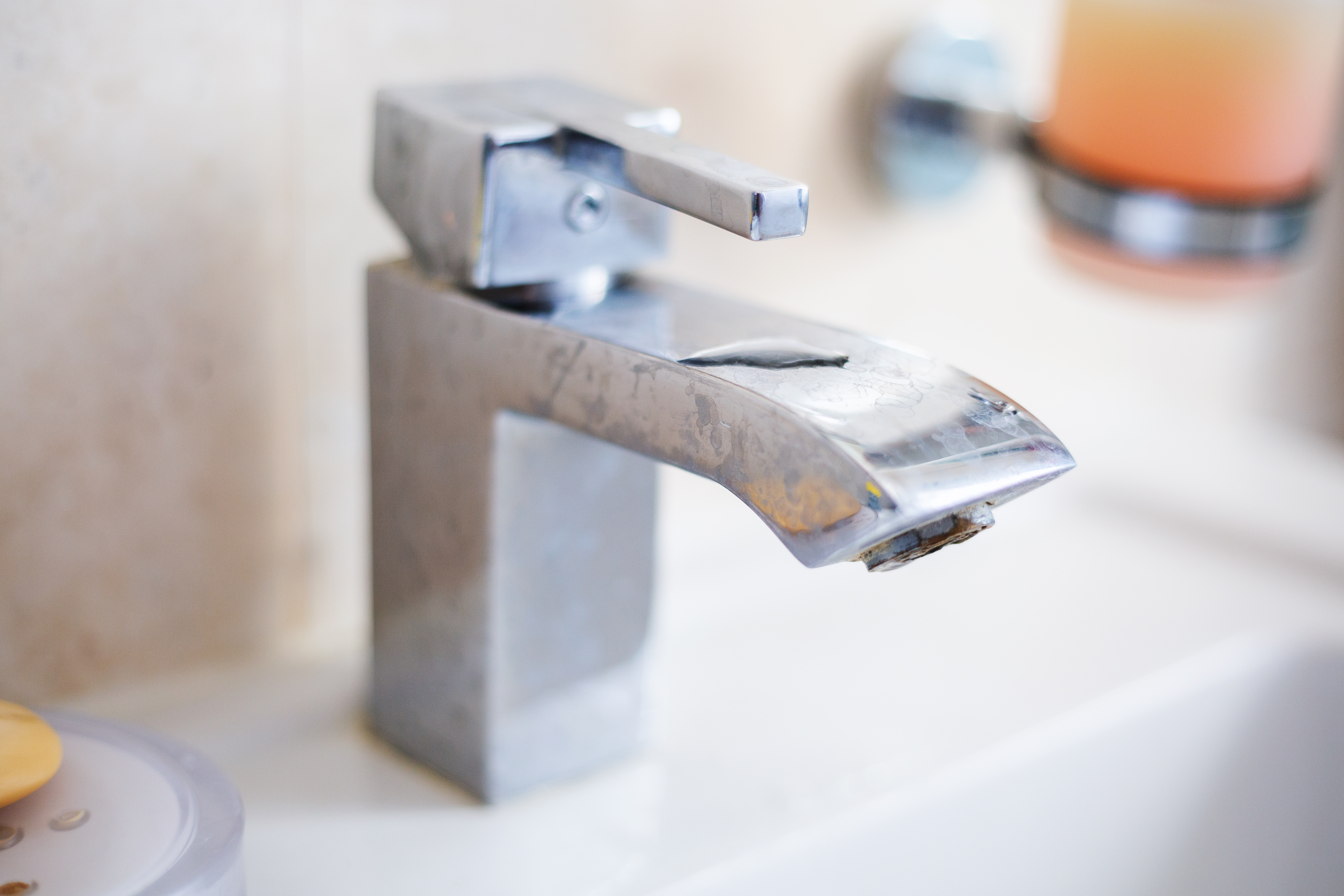
Removing bathroom limescale can be annoying, but it's definitely not impossible. With the right approach and some know-how, you can get your bathroom fixtures back to shiny and new in no time, even if you're dealing with particularly stubborn buildup.
How to remove limescale from your showerhead
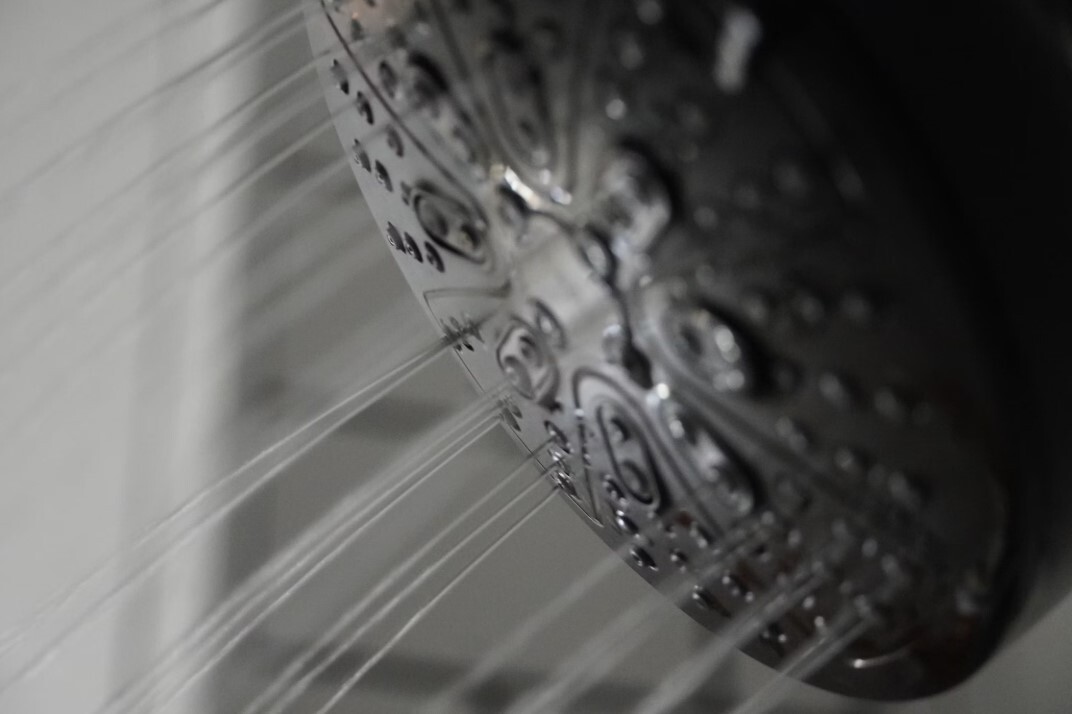
When tackling tough limescale on your showerhead, vinegar is great for breaking through even the toughest deposits.
"The easiest way to clean a limescale-covered showerhead is to give it a good soak in vinegar,” explains Brian. “The acetic acid in the vinegar reacts with the calcium carbonate in the limescale, dissolving it and releasing carbon dioxide gas (the fizzing bubbles that help break down the limescale).”
“Just unscrew the showerhead, pop it in a washing-up bowl, and mix together warm water with white vinegar. About one part vinegar to three parts water works well. Let it soak for 20 to 30 minutes, then give it a proper rinse before you put it back onto the hose."
"If the buildup's really stubborn, you can also grab an old toothbrush and give the showerhead a gentle scrub while it's soaking. Sometimes you might need to repeat the process a couple of times if it's been building up for ages, but in the end you'll be left with a showerhead that looks virtually brand new."
How to remove limescale from your taps
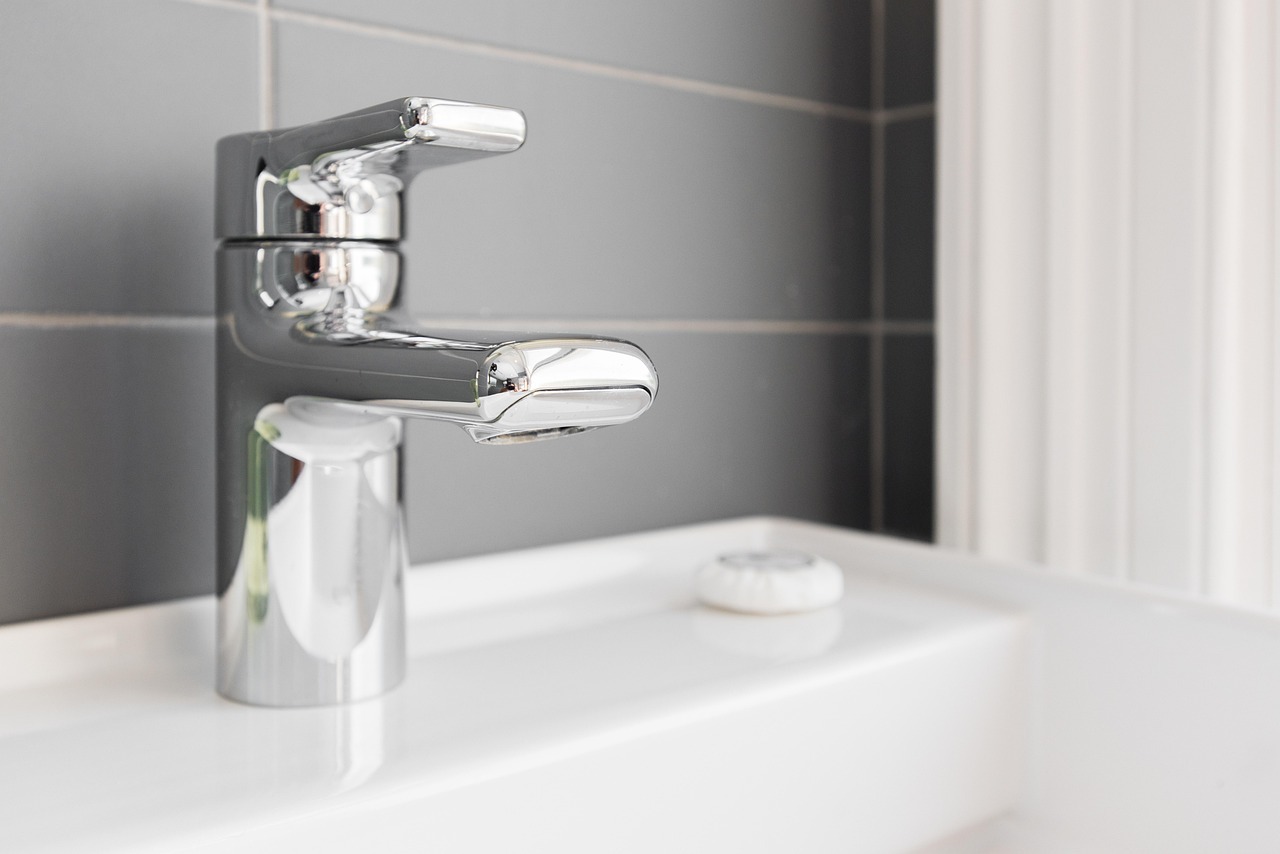
For tackling limescale around your taps – whether they're on your basin or bathtub – the cloth-soaking method gets into all those awkward curved areas.
Brian explains: "Start by getting an old cloth or tea towel and soaking it in white vinegar or lemon juice. Then wrap it tightly around the base of the tap or the handles where the limescale's building up, and use an elastic band to keep it in place. Leave it on for at least an hour – or overnight if the limescale buildup is really bad – then wipe everything down with a clean cloth and rinse it off."
"You can also use an old, soft-bristle toothbrush to reach any tight spots around the tap that the cloth can't get to. Just be gentle with it so you don't accidentally scratch anything."
"There's one important thing to remember – if you've got plated taps like chrome, brass, or gold finishes, avoid using vinegar as this can damage the coating. Stick to lemon juice or a gentle limescale remover designed for delicate surfaces instead. And whatever you do, don't mix vinegar with baking soda on your taps – it might sound like a good idea, but it can actually scratch the finish as the baking soda is abrasive."
How to remove limescale from your toilet
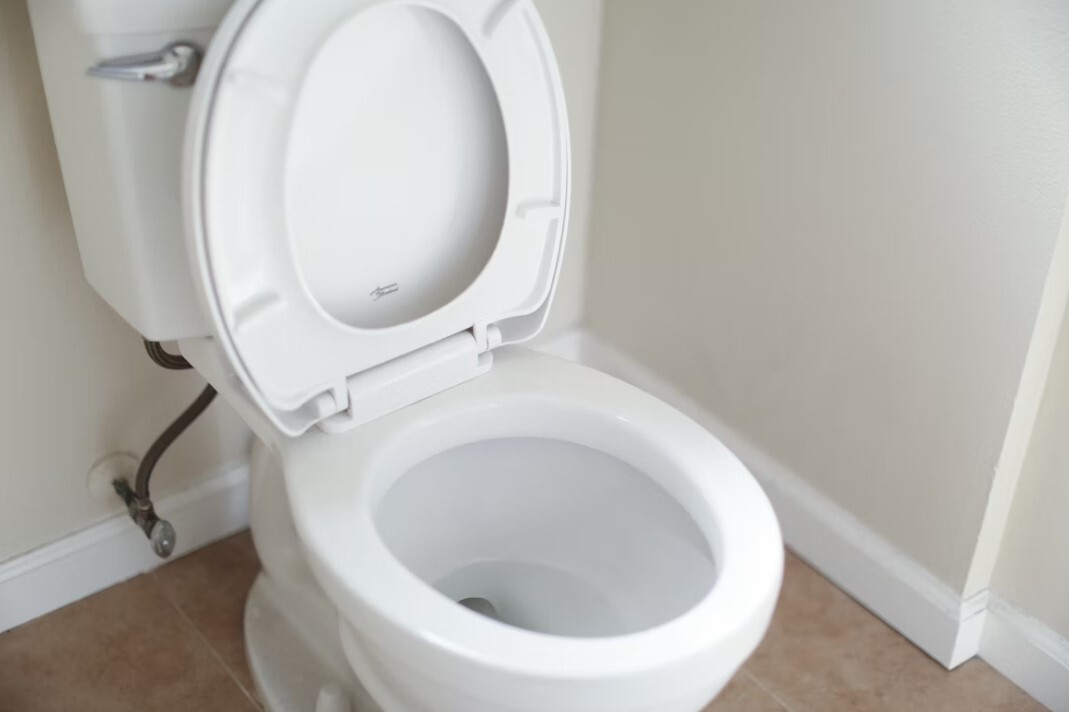
When tackling limescale in your toilet, you'll want to act quickly before the buildup gets too caked onto the bowl's surface.
Brian explains: "For lighter limescale buildup, I'd recommend mixing white vinegar with warm water in a 1:3 ratio and putting it in a spray bottle. Give the affected areas a good spray, then let the solution work its magic for at least half an hour.”
“After that, give it a scrub with your toilet brush and flush away. You can use toilet bleach and follow the same process – just apply it to the limescale, leave it to work for an hour or even overnight if needed, then brush and flush it clean."
If you're caught without vinegar or bleach, there's a household item that works surprisingly well – Coca-Cola.
Brian says: "I know it sounds odd, but Coke can tackle smaller limescale deposits effectively. It's all down to the phosphoric acid it contains, which breaks down limescale beautifully. Simply pour it onto the affected area and let the acid do its work. It'll soften the limescale and make it much easier to scrub away."
How hard water impacts your health
Hard water doesn't just leave its mark on your bathroom fittings; it can also affect your and your family's well-being.
Brian reassures: "While the subject of whether or not you should be drinking bathroom tap water is up for debate, the good news is that drinking hard water straight from the tap isn't a serious health risk. In fact, it’s actually artificially softened water that may be more of a concern, as it can contain higher sodium levels than ideal. And that’s not great if you’re trying to cut down on salt or manage high blood pressure.”
"Very hard water can sometimes have a funny taste, so you can always install a water softener system or use a jug-type filter that you keep in the fridge to treat your drinking water."
Beyond what we drink, hard water can also affect our skin and hair. In the same way that hard water leaves a telltale film on bathroom surfaces, it can do the same to your hair, creating a barrier that makes it harder for moisture to get through. Hard water often leaves hair feeling dry and more prone to breakage.
Research has also shown that hard water can make certain skin conditions worse, particularly eczema. The mineral deposits can irritate sensitive skin, so if you or someone in your household suffers from skin issues, you might notice they're more prominent in hard water areas.
Refresh your appliances with Wholesale Domestic
If your bathroom’s starting to look a little worn down, it might be time to replace your appliances. At Wholesale Domestic, we stock everything you need to start fresh, from new bath and basin taps to modern showerheads and water-efficient toilet models.
Whether you're dealing with hard water or simply ready for an upgrade, we've got quality bathroom fixtures to help you create a space that works for you.
Looking for more bathroom inspiration? Check out our blog, or contact us for help finding the perfect products for your home.

 FREE delivery over £500*
FREE delivery over £500* Visit our showrooms
Visit our showrooms Finance options available*
Finance options available* Apply for a Trade Account
Apply for a Trade Account